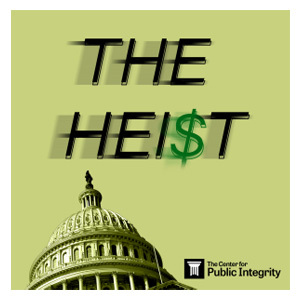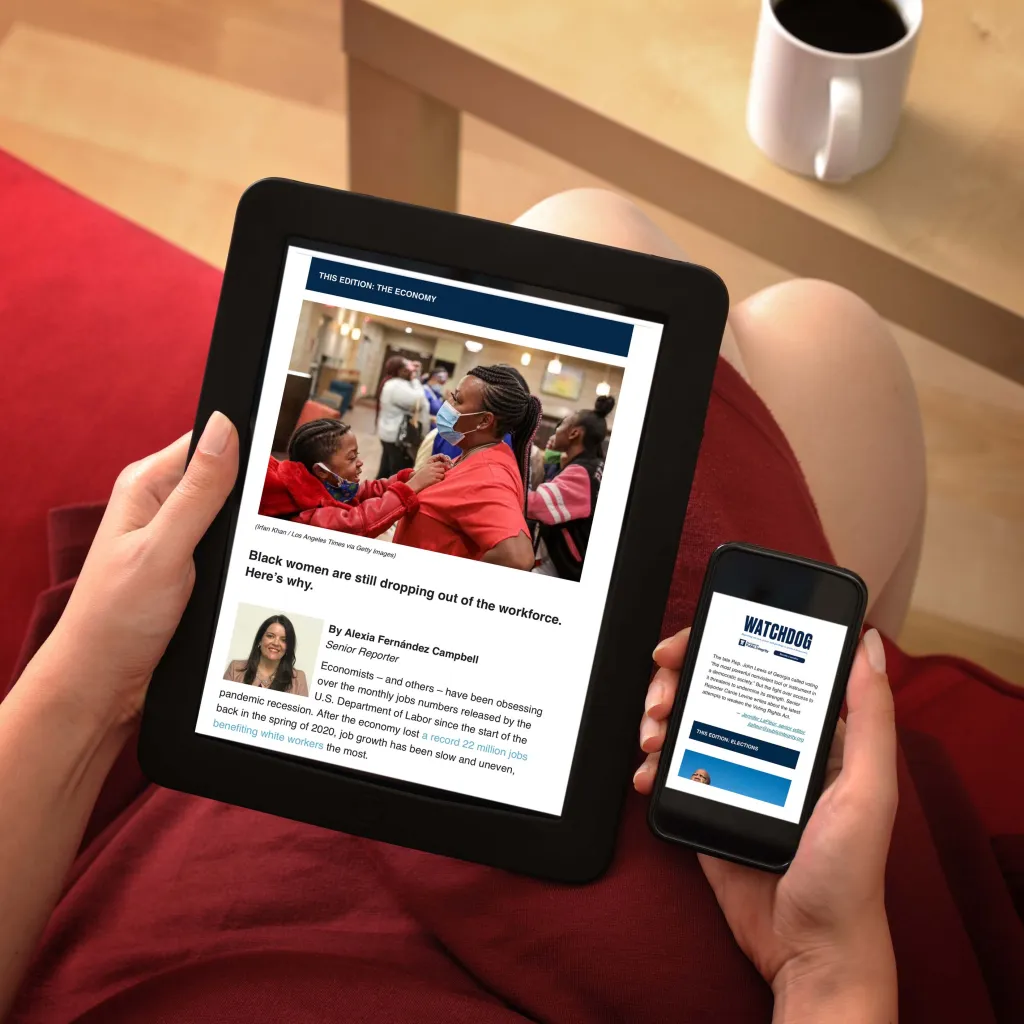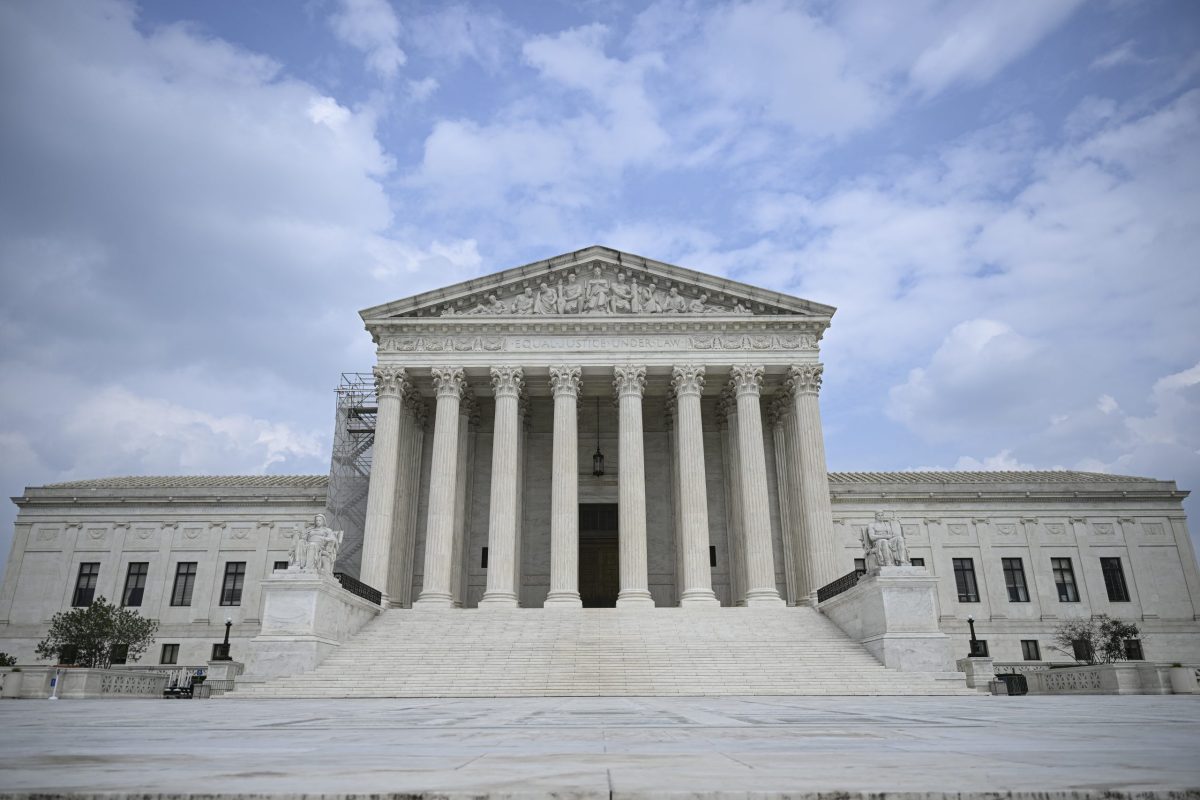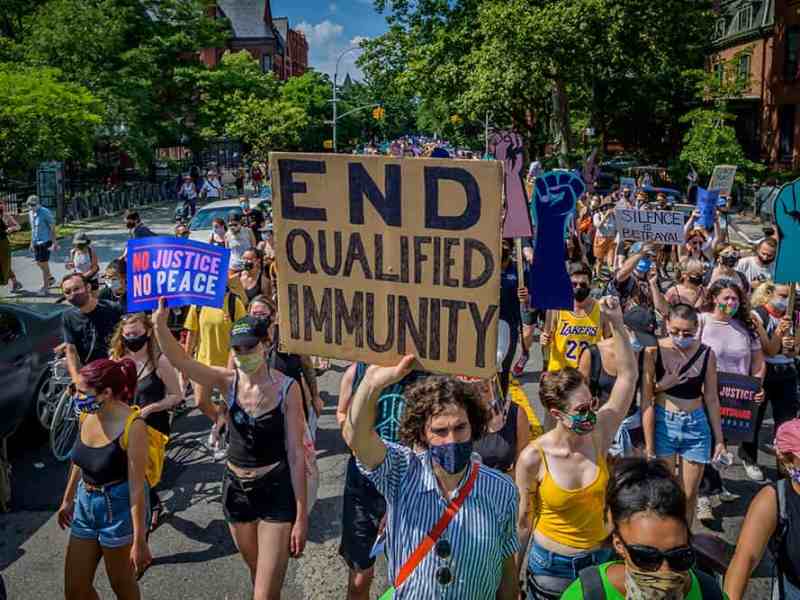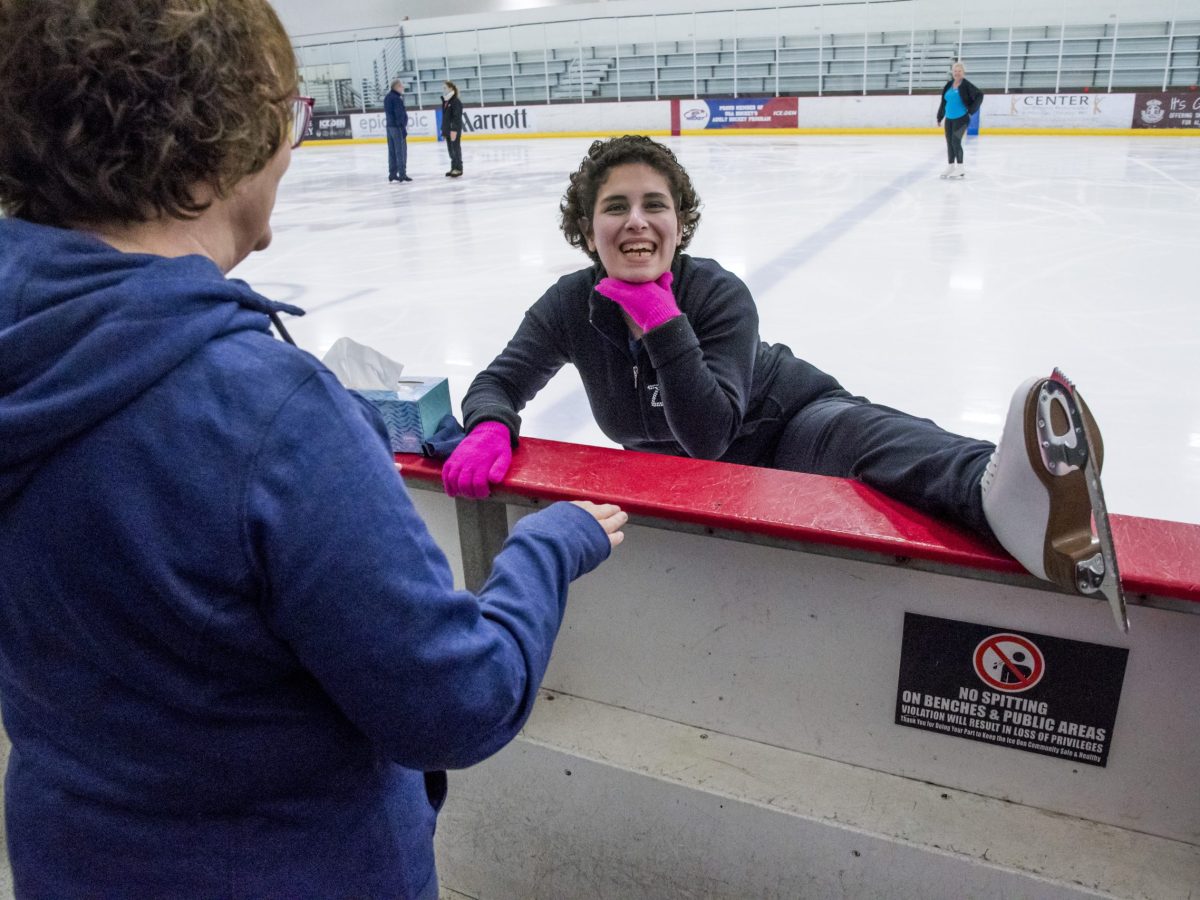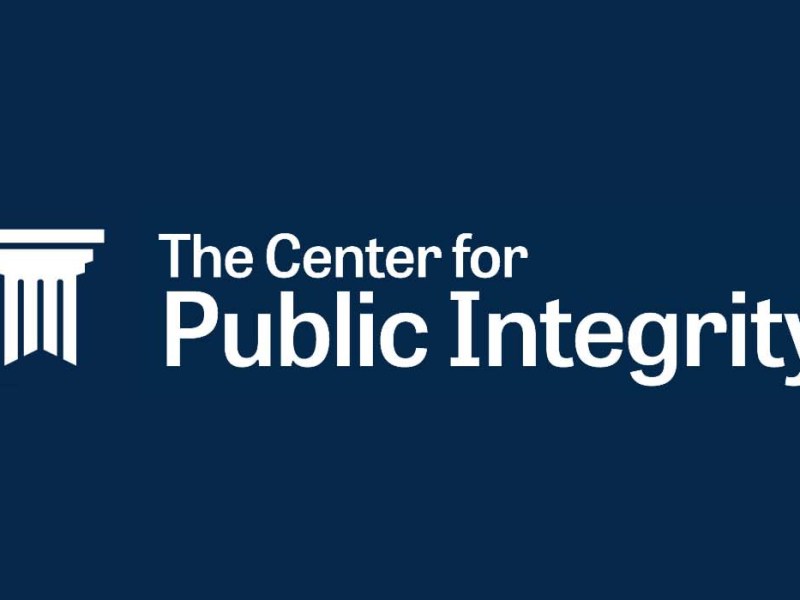In the past year, the Supreme Court has made several decisions that have radically reshaped essential rights for Americans spanning from abortion access to gun rights to the separation of church and state.
The higher court rulings have prompted an array of analyses of how some of these decisions will disproportionately impact some already marginalized groups – like how gutting affirmative action could sharply decrease Black and Latino student enrollment in colleges and overturning abortion rights will especially hurt Black women. A recent article published in the American University Law Review urges readers to also focus on how these decisions, and others pending before the Supreme Court, could affect another marginalized group: people with disabilities.
The article, “The Disability Docket” — co-authored by University of Pennsylvania professors Jasmine Harris and Karen Tani as well as Shira Wakschlag, senior director of legal advocacy and general counsel of The Arc of the United States — applies a “disability lens” to the Supreme Court’s 2021 and 2022 terms to show how these decisions could have far-reaching implications for marginalized communities.
And it goes deep into how decisions that aren’t specifically considered disability cases, Dobbs v. Jackson Women’s Health Organization and West Virginia v. Environmental Protection Agency, may disproportionately impact people with disabilities.
But it also delves into how some cases that focus more on disability rights — and are pending before the court — may have broader civil rights impact. One case is Acheson Hotels, LLC v. Laufer for which the court will review the “tester” standing to challenge a hotel’s failure to provide accessibility information on its website, even if the tester never intended to stay at the hotel. Testers act as investigators, where someone voluntarily will put themselves in a situation to experience discrimination for the purpose of a legal challenge. The outcome of that case can have broader impacts on the use of testers in other civil rights cases, like fair housing.
The authors also explore the historical context behind the legal decisions regarding the rights of people with disabilities and other marginalized groups. These decisions, they say, have always been intertwined. The authors also provide advice to litigators and advocates who may find themselves arguing disability cases before this Supreme Court.
The Center for Public Integrity spoke with two of the papers’ authors, Harris and Tani, to learn more about their findings and why it is important to apply this “disability lens” to the country’s current legal landscape.
This conversation has been edited for length and clarity.
Q: Why was it important to undergo this study of how decisions made by this Supreme Court would impact people with disabilities in particular?
Harris: Disability is an often forgotten piece of the court’s docket and often neglected in terms of how it operates, and that’s reflective of how disability is in society as well. We have differential treatments for people with disabilities, and sometimes that’s warranted, and at other times it’s not. … At all corners of both society and law, you have this sense that disability is different and ought to be treated differently.
Tani: Disability cases do really important work for the law. Their reach is broader than disability. But my sense is – and I think the sense of other people – is that those decisions tend to get kind of under-appreciated or not recognized at the time. And so the actual significance, the legal significance of those decisions has gone under appreciated.
I think part of the impetus for wanting to do this kind of Supreme Court roundup with the disability throughline was just to say, historically, there’s a pattern here of these cases actually being in some sense much more significant and far reaching, but because they’re labeled like a disability case, they’re not kind of as hot button. They’re not as sexy. They’re considered sort of in that silo. And so the idea, I think was to kind of like, carry that insight forward and see how cases more recent cases might fit that pattern.
Harris: Look, more than 61 million adults in the United States – that’s just adults – have one or more disabilities. And that’s before COVID. We haven’t had the post-COVID numbers with long haulers included in there. Disability is more pervasive than we think, and so if we see disability as touching many more things, places and people than it already does then applying a disability lens becomes even more important.
Q: What are some examples of “non-disability” cases heard by this Supreme Court that impact people with disabilities?
Tani: There are these big cases where they’re going to affect people with disabilities, and that effect has just not been part of the conversation. So I think our insights with both — Dobbs and West Virginia vs. the EPA — is to say, look this has a really particular and potentially severe impact on certain people with disabilities. And let’s kind of surface that as well.
For the West Virginia vs. the EPA case, we drew on some great evidence, by other folks, about the way that people with disabilities are just disproportionately impacted by climate disasters and other disasters for various reasons, some of which have to do with underlying vulnerability and economic precarity.
Harris: For people with disabilities, abortion has always been part of healthcare. It’s always been something that’s been talked about, not only from an individual body standpoint that [pregnancy will result in the body] taking on more stressors that create or exacerbate disabilities, but also in terms of reproductive options and choices more broadly. It’s also for people with disabilities who want to become parents, and the kind of struggle that has been around that, and that dates back to eugenics.
With respect to Dobbs, you have situations where it’s already really hard for people with disabilities to travel right independently. Now they have to cross state lines in order to get abortion care that makes it disproportionately difficult.
And so that kind of insight in terms of thinking about the ways in which these cases have compounded effects, when you think about intersectionality, it’s going to affect poor disabled Black and Brown women. That’s who’s going to be disproportionately affected and harmed the most. You have to look at Mississippi, where the rates of disability are incredibly high. The rates of poverty are high, and it’s Black and Brown people in those situations, and when you see all of that together it gives you a different picture of what the discrimination looks like and how it’s operating.
There are these big cases where they’re going to affect people with disabilities, and that effect has just not been part of the conversation.
Karen Tani, Seaman Family University Professor
Q: Why is it important for everyone interested in civil rights to be paying attention to the outcome of some disability cases pending before the court?
Tani: Like it or not, the statutes are sort of tethered together. Your lawmakers have basically patterned one after the other, such that, you know, they’re kind of traveling together in the law. So you really do have to pay attention.
Harris: There’s a sense in which the lack of publicity was a good thing at one point, because the disability rights movement started heavily based on white men. And it was really veterans who had connections with Congress. So there was a way in which that allowed the foundation of the law to push through very quickly in ways that the public didn’t get a chance to understand what this law was going to do and what disability discrimination looked like.
When something goes wrong in the Supreme Court, the popular retort is, well, you’ve got Congress, so you can go to Congress, and you can vote and your vote matters. I think this is a particularly difficult issue for people with disabilities, because voting and voting rights and access to the vote has been so constrained over time and continues to be [constrained].
How will people with disabilities be able to actually have their voices heard and remedy the harm that comes out of this court?
Tani: I mean, one last thing that I’ll say is that there are disability civil rights cases with the potential to have vast implications for other civil rights laws. The Acheson case is about tester standing and testers are important, not just in the [Americans with Disabilities Act] context, but also the race and fair housing context. It’s an obvious example of where there could be spillover to other contexts.
Q: What is some of the advice you have for attorneys and advocates bringing disability cases before this Supreme Court?
Tani: Strategy is really important before this court because they could make bad laws. We tried to call attention to some times when you’ll be asked a bad question for the court to decide and you just have to mobilize to change public opinion.
If this case is really going to be that bad, how can we get it off the docket anticipating what the court might do?

